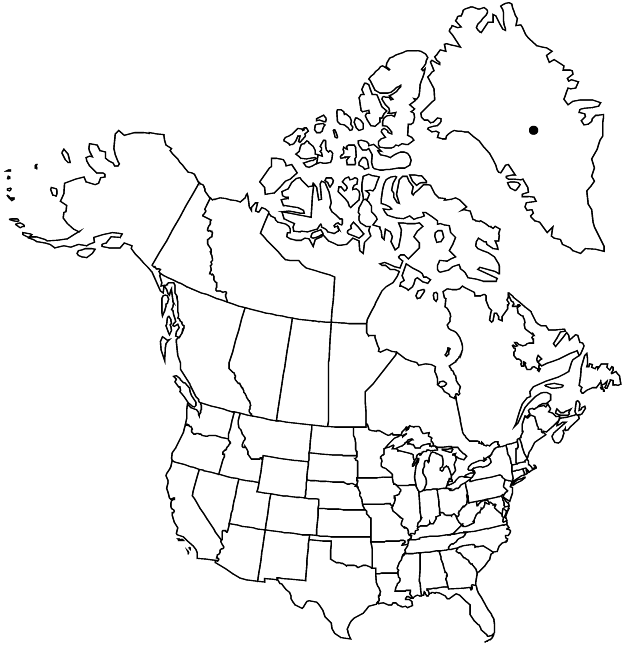Sedum annuum
Sp. Pl. 1: 432. 1753,.
Herbs, annual, tufted, glabrous. Stems erect, simple or branched, not forming rosettes. Leaves alternate, spreading-erect, sessile; blade pea green, not glaucous, linear-oblong or oblong-elliptic, terete or subterete, ca. 6 × 2 mm, base not spurred, not scarious, apex obtuse, (surfaces papillose). Flowering shoots erect, simple, 3–15 cm; leaf blades linear-oblong or obovate-elliptic, base not spurred; offsets not formed. Inflorescences corymbiform cymes, 3–15-flowered, 2–3-branched; branches not recurved, not forked; bracts similar to leaves, smaller. Pedicels absent or to 1 mm. Flowers 5-merous; sepals spreading, distinct, green, lanceolate, unequal, 1.5–2.5 × 0.5–1 mm, apex acute; petals divergent in distal 1/2 from erect base, distinct, yellow, narrowly lanceolate, slightly carinate, 3–5 mm, apex acute; filaments yellowish or greenish; anthers yellow; nectar scales yellow, oblong. Carpels stellately spreading in fruit, distinct, light brown or yellow. 2n = 22.
Phenology: Flowering summer.
Habitat: Sunny rocks, stony ground
Elevation: 0-2000 m
Distribution

Introduced; Greenland, Europe.
Discussion
Sedum annuum is similar to S. nuttallii; the latter has spurred sepals and smaller petals, nectaries, and follicles (R. T. Clausen 1975).
Selected References
None.